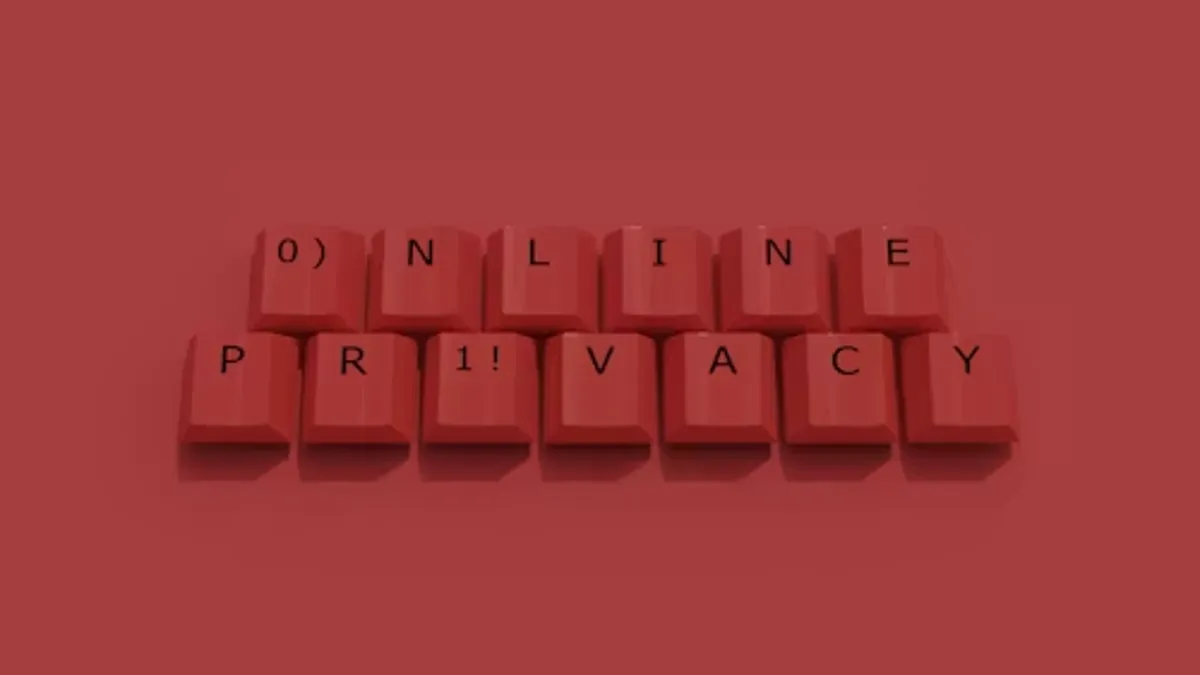Anonib once stood as one of the most controversial online platforms, embodying both the freedom and chaos of anonymous digital communities. At its core, Anonib functioned as an imageboard—a type of website where users could post and share images or text without revealing their identity. The intent, at least initially, was to foster open discussions and creativity. Yet over time, the platform became associated with explicit, invasive, and often illegal content, sparking global debates about online privacy, consent, and moderation. For those seeking to understand what Anonib was and what it represented, this article offers a detailed exploration of its origins, culture, controversies, and the lessons it left behind in the evolving landscape of online anonymity.
The Origins of Anonib: A Digital Underground Emerges
Anonib’s roots trace back to the early 2000s, during the rise of imageboard culture inspired by Japanese sites like 2chan and its Western counterpart 4chan. Its anonymous format was both liberating and dangerous—users could post without any registration, which appealed to those craving digital freedom. The site’s name, “Anonib,” derived from “Anonymous Imageboard,” reflected its ethos: total anonymity. Initially, many boards were innocuous—featuring memes, art, and community discussions. However, as traffic increased, moderation weakened, and content gradually drifted toward the explicit and exploitative. This transformation mirrored the internet’s own evolution, where platforms without oversight often spiraled into moral and legal gray areas.
“Anonib began as a social experiment in free speech,” said a former moderator. “But when you remove accountability, things deteriorate faster than you expect.”
How Anonib Worked: The Architecture of Anonymity
The technical structure of Anonib was deceptively simple. Users could create “boards” organized by themes—ranging from hobbies to adult content—and anyone could post threads or images within them. The lack of user tracking made it nearly impossible to trace posts to individuals. Moderators, often volunteers, had limited control, and the site’s operators remained hidden behind privacy services and proxy networks. This structure not only fostered open expression but also facilitated the posting of unauthorized or non-consensual material. The architecture of anonymity made enforcement of laws difficult, placing the platform in the crosshairs of both advocacy groups and cybercrime investigators.
“The same code that protects free expression can also shield exploitation,” observed a cybersecurity analyst in 2016. “Anonib exemplified this paradox perfectly.”
The Ethical and Legal Controversies Surrounding Anonib
As Anonib’s notoriety grew, it became entangled in serious ethical and legal issues. Law enforcement agencies in multiple countries began investigating the site for hosting non-consensual images—particularly “revenge porn” and leaked private photos. Victims often discovered intimate images of themselves posted without consent, accompanied by identifying information. This created long-lasting psychological and social damage. Governments pushed for stricter digital privacy laws, and several Internet Service Providers (ISPs) eventually blocked access to Anonib. The site was repeatedly shut down, resurfacing under different domains—an ongoing cycle that revealed the difficulty of permanently erasing content from the web.
“It’s not just a privacy issue—it’s a violation of dignity,” said a digital rights attorney. “Anonib demonstrated how anonymity can be weaponized.”
The Culture of Anonib: Between Freedom and Exploitation
Despite its dark reputation, Anonib attracted a loyal user base that defended it as a sanctuary for unfiltered speech. Within its chaotic environment, users built communities around shared interests, humor, and rebellion against censorship. For some, it was a space for artistic expression or confessional anonymity. Yet for many outsiders, it represented the internet’s most toxic impulses—where boundaries blurred between expression and abuse. The internal culture celebrated defiance, often mocking external criticism. This dual identity made Anonib both a digital subculture and a social cautionary tale.
“Anonib wasn’t just a website—it was a mindset,” noted a sociologist studying online communities. “It reflected society’s fascination with seeing and being unseen.”
The Fall and Aftermath: Anonib’s Shutdown and Its Legacy
By the late 2010s, increasing pressure from law enforcement, activists, and hosting services led to the eventual shutdown of Anonib. Mirrors and clones briefly appeared but failed to regain the original site’s influence. Yet its legacy persisted—in the formation of stricter privacy laws, better reporting systems on mainstream platforms, and heightened public awareness about online safety. The Anonib case also influenced the design of newer anonymous communities, which now implement more robust moderation and traceability measures. Its disappearance marked the end of an era when anonymity reigned unchecked.
“Anonib fell because it refused to evolve ethically,” remarked a digital historian. “But it changed how we think about accountability online.”
Table 1: Timeline of Anonib’s Rise and Decline
| Year | Event | Description |
|---|---|---|
| Early 2000s | Launch | Anonib created as an anonymous imageboard inspired by 2chan and 4chan. |
| 2010–2014 | Growth | User base expands; site becomes known for unmoderated content. |
| 2015–2017 | Controversies | Legal actions arise due to non-consensual image sharing. |
| 2018 | Shutdown | Site taken offline after multiple investigations and ISP bans. |
| 2019–2022 | Clones Emerge | Copycat sites attempt revival but fail to sustain traffic. |
The Lessons Learned from Anonib’s Story
Anonib’s trajectory serves as a digital morality tale about the balance between privacy and accountability. The platform’s anonymity encouraged honesty but also enabled harm. It revealed how internet freedom, without boundaries, can erode ethical norms. The rise of laws such as the “Right to Be Forgotten” in Europe and state-level revenge porn legislation in the U.S. was partly fueled by platforms like Anonib. Moreover, it forced tech companies to rethink how anonymity should coexist with safety in the digital age.
Key Lessons:
- Anonymity without accountability breeds exploitation.
- Technology evolves faster than regulation, creating ethical vacuums.
- Public awareness and legal reform are essential to protect digital privacy.
Table 2: Comparison of Anonib and Modern Anonymous Platforms
| Platform | Anonymity Level | Moderation | Legal Compliance | Primary Use |
|---|---|---|---|---|
| Anonib | High | Minimal | Poor | Image sharing, NSFW content |
| 4chan | High | Moderate | Varies | Discussion threads, memes |
| Medium | Strong | Good | Social news, communities | |
| Whisper | High | Strong | Good | Anonymous confessions |
| Yik Yak (revived) | Medium | Strong | Good | Localized anonymous chat |
The Broader Impact on Internet Governance
Anonib’s downfall prompted international discussions about digital ethics and the role of platform owners. The anonymity that once symbolized resistance against surveillance became, in this context, a tool for exploitation. Policymakers, technologists, and civil rights advocates continue to debate how to protect free expression while preventing harm. The tension remains unresolved but better understood—thanks in part to the cautionary example set by Anonib’s unchecked experiment in freedom.
“We can’t outlaw anonymity,” said a privacy researcher, “but we can design systems that make abuse less invisible.”
Conclusion: Anonib’s Ghost in the Machine
Anonib may be gone, but its influence lingers across the digital world. It reminds us that every technological innovation carries an ethical shadow. Anonymity will always appeal to those seeking freedom, creativity, or concealment—but without moderation and accountability, it risks enabling the darkest sides of human behavior. As the internet continues to evolve, the lesson of Anonib is clear: the balance between privacy and responsibility is not optional—it’s essential for a sustainable digital future.





